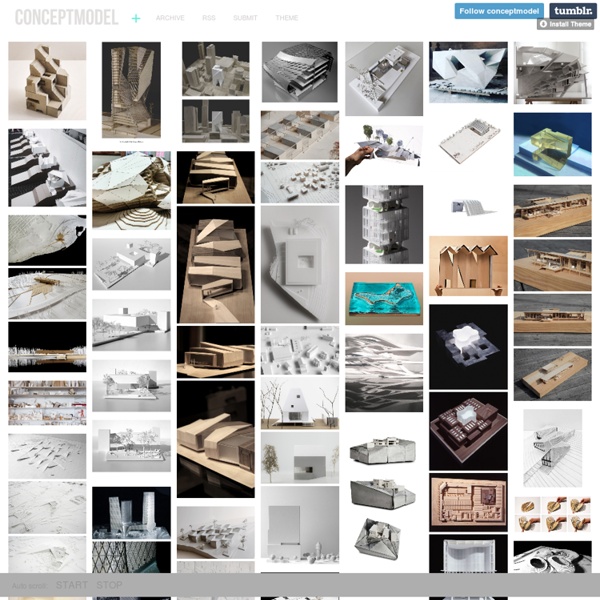



Football Training Centre Soweto by RUFproject Canadian practice RUFproject have completed a football training centre in Soweto, South Africa, with wooden louvres wrapping the upper parts of the structure. Designed in conjunction with Nike Global Football Brand Design, the exterior walls of the rectangular building are rendered in local sandstone. The upper part of the building overhangs the lower, providing shaded areas for players between matches. Located on the ground floor, the gym and catering area face the pitch and have moveable screen façades, opening them up to the field. The facility comprises two full-sized pitches, two smaller ones, a clubhouse, player lounge, offices, viewing deck, gym and changing rooms. Photographs are by Julian Abrams unless otherwise stated. More buildings for sport on Dezeen » The information below is from RUFproject: Football Training Centre Soweto Each room has views to and from other areas of the building which creates an intricate and selective transparency between functions. Click for larger image
Design Seeds® | find your palette #5edbbe #243a73 #7d197b #d13aae #ccb7c6 Find The Palettes You Love color hand posted 04.19.14 comments 0 lavender brights posted 04.08.14 comments 2 sponsored links global blues posted 04.04.14 comments 1 color sprung posted 04.03.14 comments 3 shuttered hues posted 04.02.14 comments 0 pigmented palette posted 03.31.14 comments 1 color play posted 03.28.14 comments 2 lantern hues posted 03.24.14 comments 0 a door tones posted 03.23.14 comments 4 elephant hues posted 03.20.14 comments 0 posted 03.17.14 comments 5 celebrate color posted 03.15.14 comments 1 next page >>> ShareThis Copy and Paste Архитекторы и дизайнеры - Ceramic Fashion | Салон элитной плитки и сантехники A-Cero Архитекторы, дизайнеры Joaquín Torres& Rafael Llamazares (Хоакин Торрес и Рафаэль Льямасарес) Архитекторы, дизайнеры Сотрудничают с L`Antic Colonial, Vondom и др. Alexander Duringer Архитектор, дизайнер Александр Дюрингер — архитектор, дизайнер. Сотрудничает с компаниями Kerasan, Flaminia. Giovanni Barbieri Дизайнер Дизайнер Сотрудничает с Vallelunga, New Ravenna, Interlam Inc, Petra Stone, Artistic Tile, Mihashi Group и др.
Grasshopper (Explicit History) Same Area Voronoi using Galapagos I have been quite fascinated by the recent development of Galapagos for Grasshopper. This is a simple example of its application set up to solve for a 10-point voronoi division within a user-defined boundary where all the parts are divided as equally as possible in terms of their areas. Gradient Patterns Testing different patterns with grasshopper. Pagora Bench Playing with hopper and Maxwell 2 Two Surfaces Twisted Box It’s been a while I’ve played with Grasshopper. In order to use the definition, first define a box, and some geometries within the box as your base component. Two Surface Space Frame (Rhino Explicit History) Ah so, the new version of the Explicit History plug-in for Rhino is out. This is another way of creating space frames using U/V divisions from two surfaces. crtli_gh_space_frame.wrmcrtli_gh_space_frame.3dm Rhino Explicit History Surface Blend
Загородный дом за 2 дня и 800 тысяч рублей: что нужно знать о «ДубльДоме» Ива... Российский архитектор и дизайнер Иван Овчинников рассказал Homeguide о «ДубльДоме», недавно запущенном в производство. Модульные дома-конструкторы готовы выдерживать северные морозы, южную жару и растущие ожидания своих владельцев. «Форма, размеры, внешний вид, внутреннее пространство и вся философия „ДубльДома“ рождались благодаря моим социальным проектам ― в первую очередь, „АрхФерме“, где я долго экспериментировал с тем, что нужно человеку, выбравшемуся за город. В итоге получилось минимальное пространство, открытое внешнему миру через большой витраж, со всеми удобствами, но без излишеств». 5 фактов о «ДубльДоме» Ивана Овчинникова Сколько стоит «ДубльДом»? Какова площадь «ДубльДома»? Каковы внешние размеры дома? Сколько времени занимает монтаж дома на участке? Можно ли доставить дом в Краснодар, сколько это стоит? Идея Преимущества Главные преимущества «ДубльДома» ― модульность и мобильность. Конструкция Основа дома ― традиционный каркас. Планировка Комплектация и интерьер Производство
GRASSHOPPER TUTORIALS + EXERCISES | ex-Lab The exercises below test basic competence using Grasshopper. Attempt to complete the exercises and if you need extra help refer to the tutorial PDFs. This tutorial introduces students to the workflow of Grasshopper by creating a simple definition that takes a reference direction from input curves and re-orients them to face an attractor point. This tutorial extends upon tutorial 01 by creating a simple definition that analyses the curvature of a doubly curved surface and indicates how this could be further extended to manipulate material qualities to achieve complex double curvature from perforations in a flat sheet. This tutorial will panel a surface with a specified grid of polylines using triangular, rectangular, hexagonal and radial grids. Using a series of data manipulations, colour information from an image is used to inform a complex outcome.
WALLACE